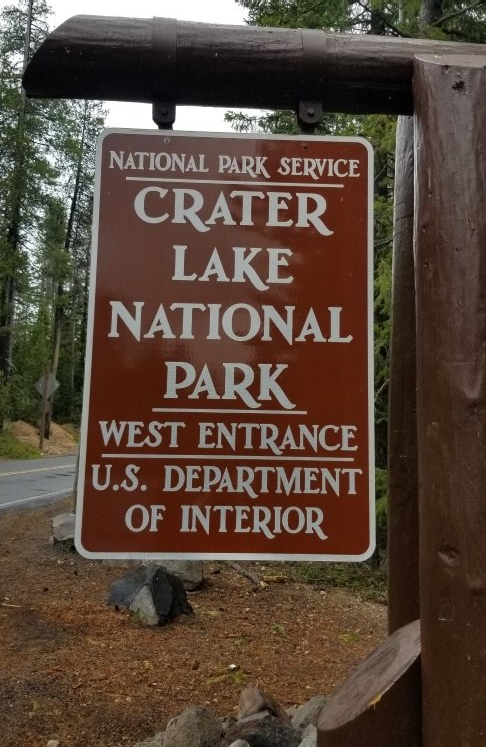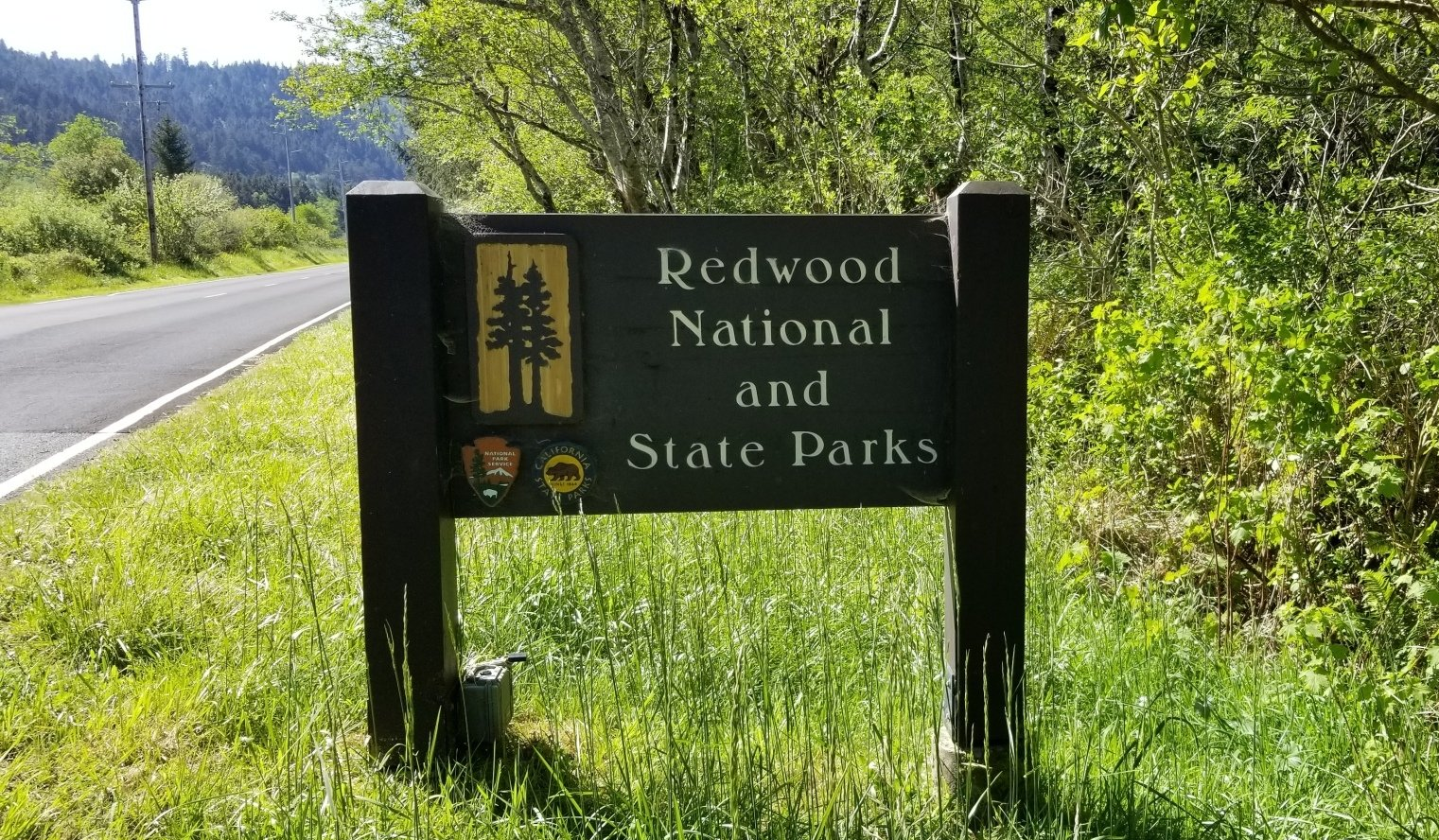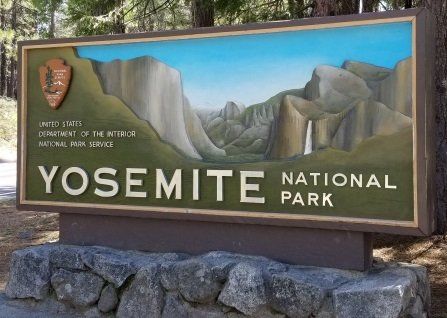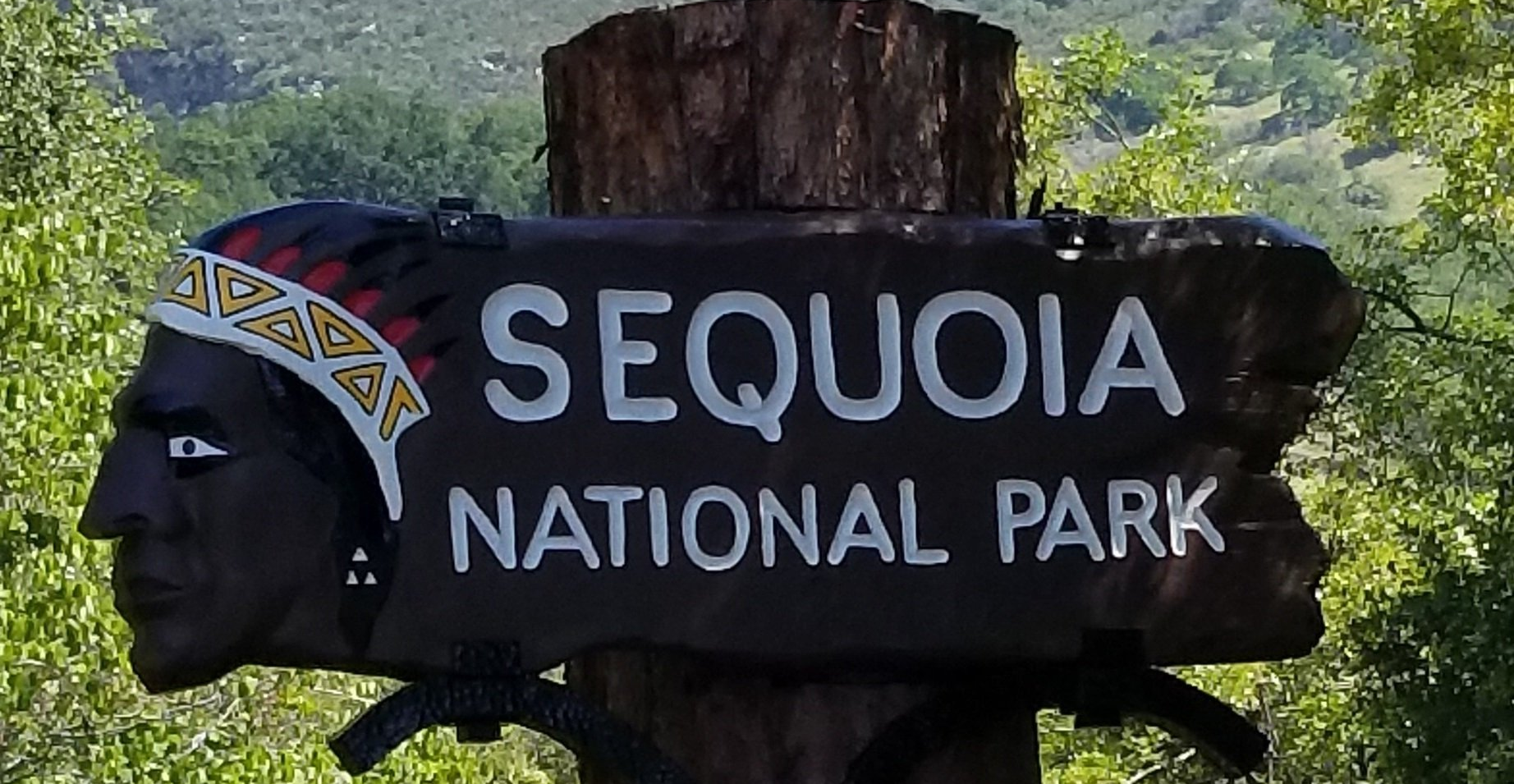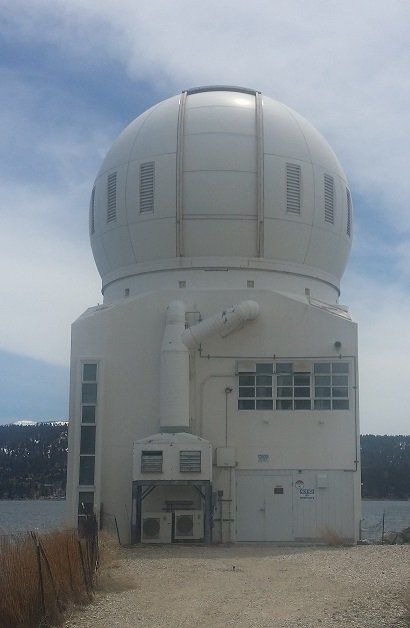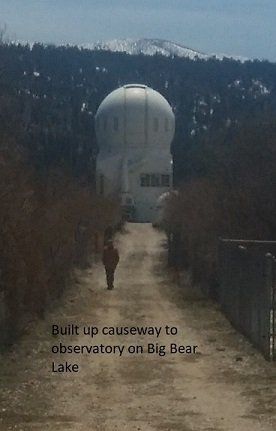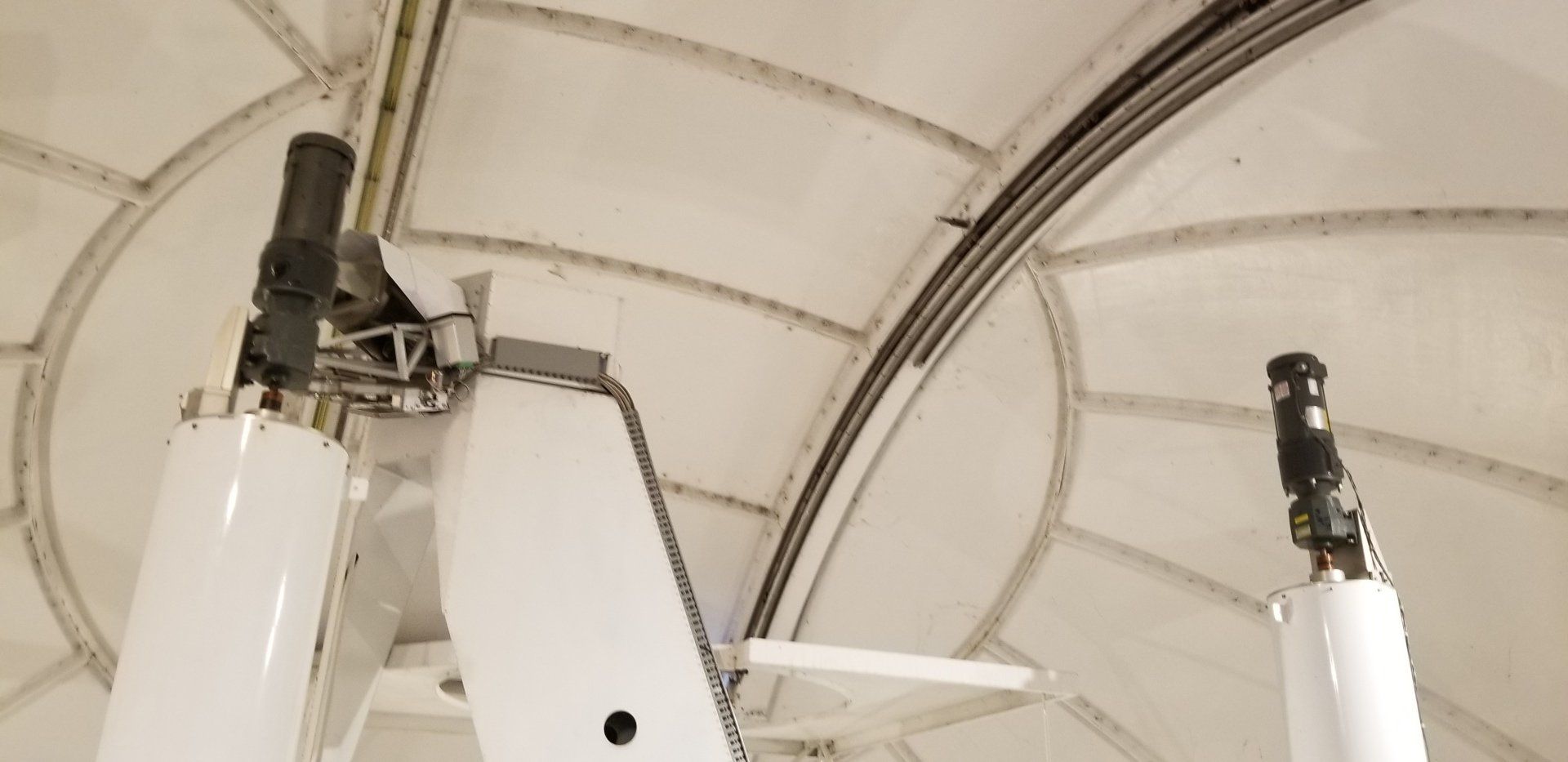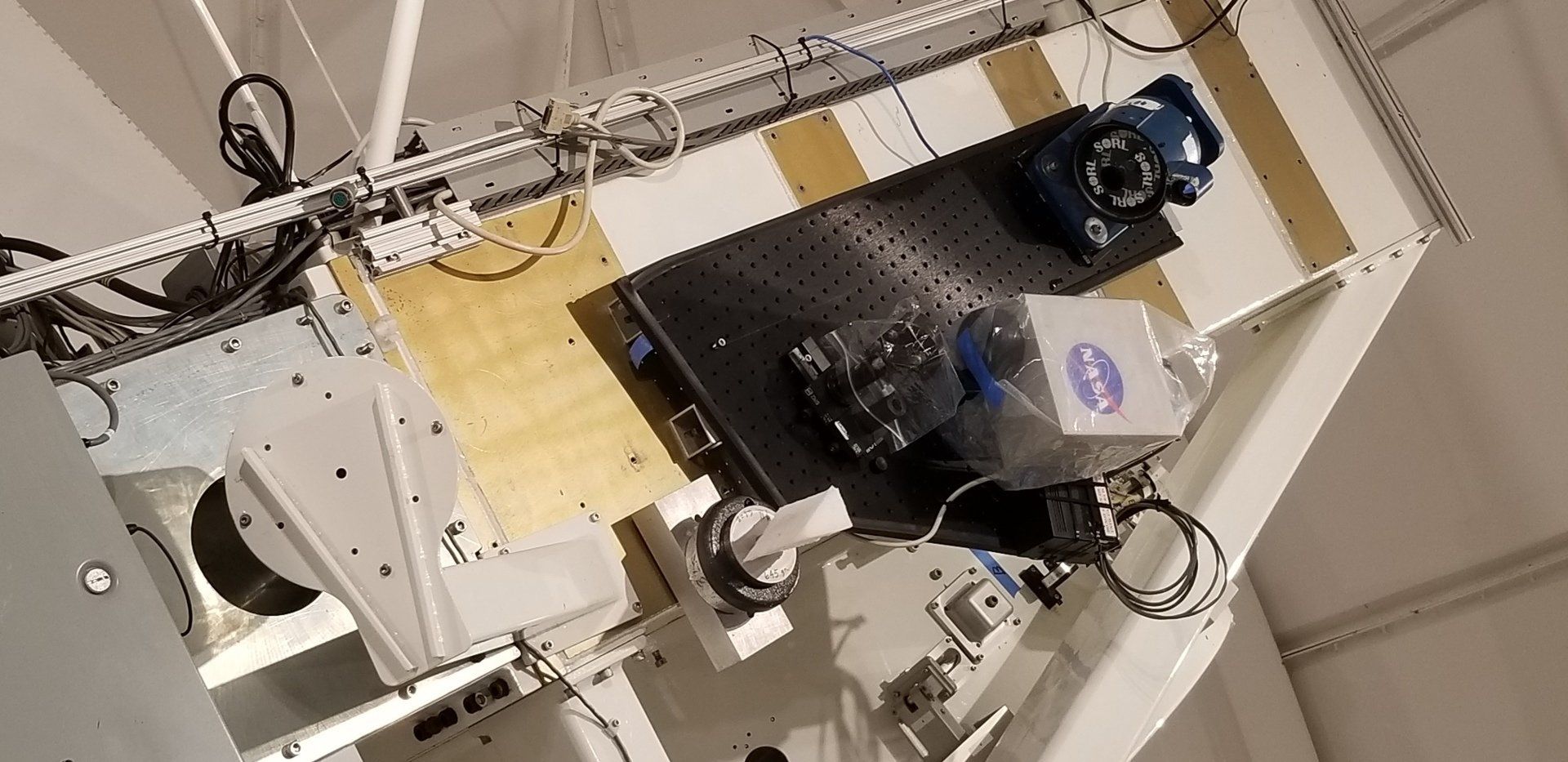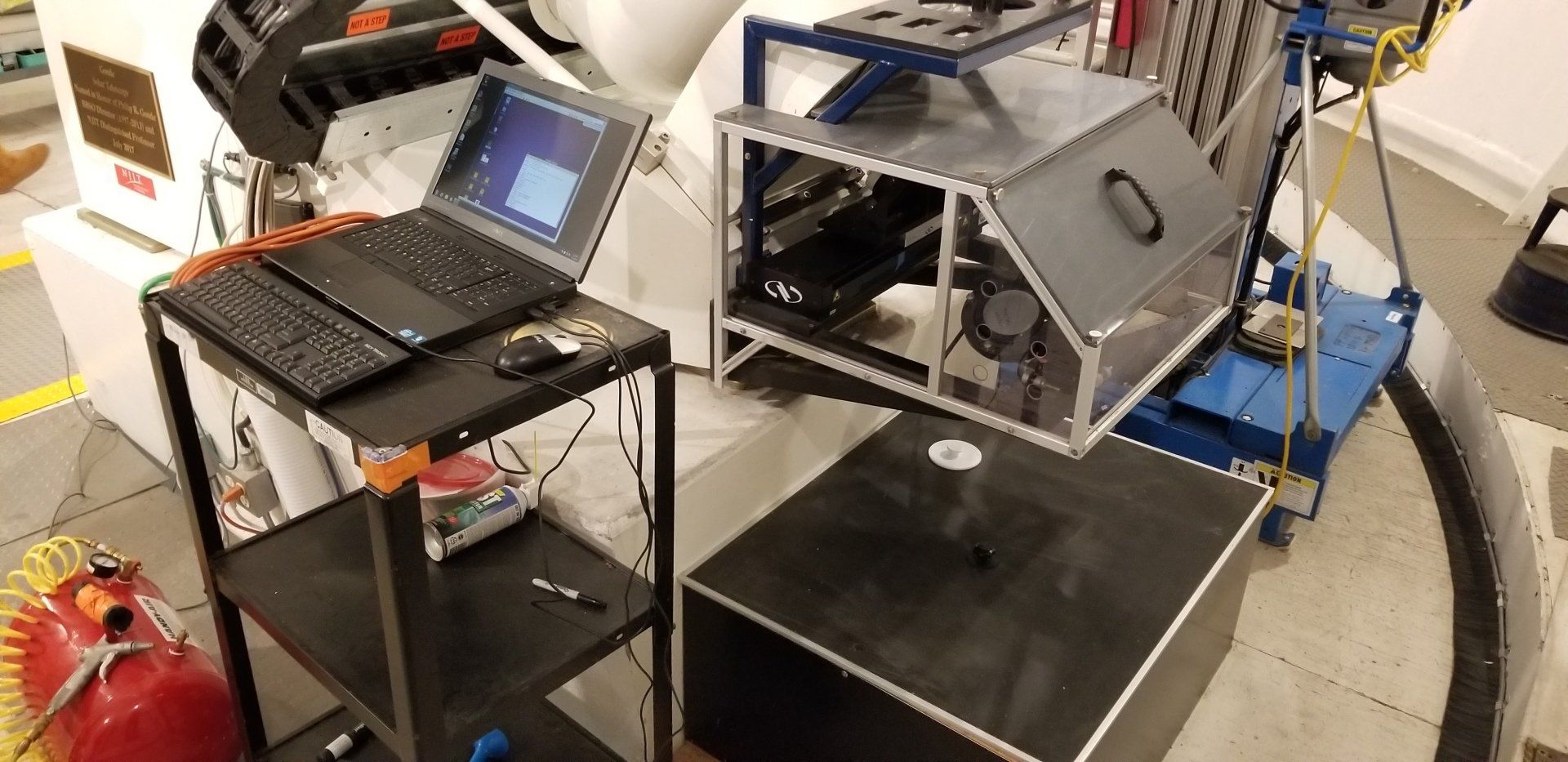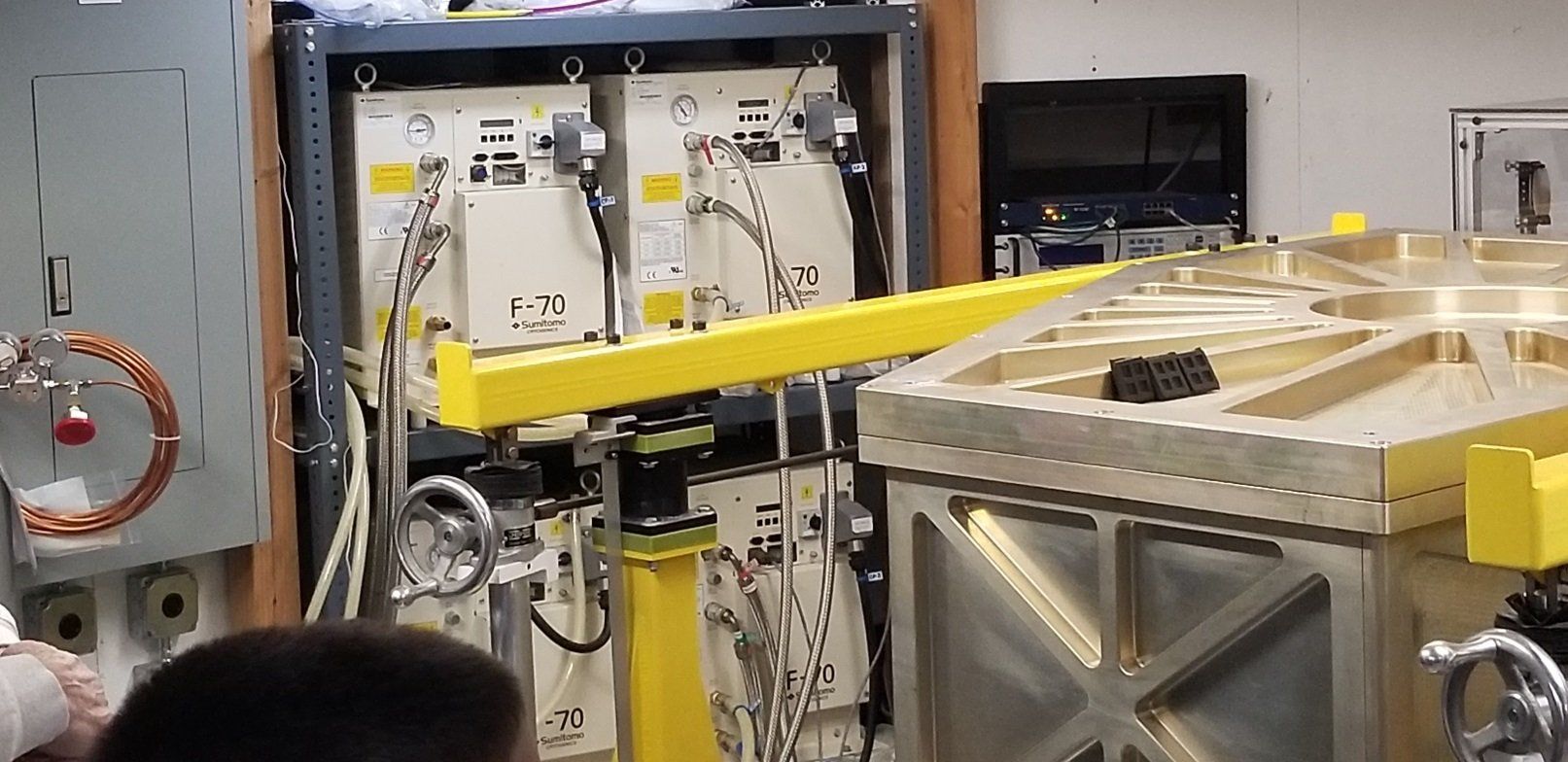Aaron and I honeymooned in Big Bear back in 2005,where we
stayed at this charming bed and breakfast called the Star Gazer's Inn
& Observatory. On the week we booked, they had a retired astronomer
come in and do a one hour presentation before they let us
loose on the telescope. It was quite a magical experience we never
forgot.
When we finalized plans on coming down to California for two
months, we knew we must go back and visit the inn. Sadly, after doing a
bit of research online we found out it had shut down a number of years
ago.
We decided to still go spend a day up in Big Bear. When researching
points of interests, we came across the Big Bear Solar Observatory. And
they do one public tour each month, which happened to be in two days from when we discovered the tour's existence. I got us booked minutes later.
Although quite a different adventure from staying at the Star
Gazer's Inn & Observatory, It was still an amazing experience.
When we first approached the gate entrance to the observatory, we
noticed that the observatory was on the lake. Yes, they built up the
land in order to keep the telescope cooler than it would be on the main
land. Our guide, Vasyl, gave us a history on
the observatory mentioning that they originally had to row boats out
from the mainland to get out there, before they built the causeway connecting the main land
to the observatory. Unfortunately, several earthquakes had devastated the
walking path, so they have been forced to rebuild
it several times over the years.
On the property, there were two dome structures and a third metal
shipping container that housed other telescope equipment. The shipping container and smallertelescope were
gated off, but Vasyl mentioned it was monitored by the GONG organization (Global Oscillation Network Group) & the US Air Force.
The smaller of the two domes was opened, so we could see the
interior, but was not large enough to accommodate the tour group size.
It looked to be out of commission at the time of our tour.
After fifteen minutes of being in windy, frigid weather, we
all crowded into the main dome. The day of our tour, it had been
overcast, and disrupted the daily observations of the sun, which was a bit of a
disappointment. They had been observing the sun for a partner science program's rocket launch to provide comparative data. One of the astronomers, John
Varsik, had programmed an algorithm, which automatically closes the dome in the event
of cloudy skies, of which there is no manual override. The dome had closed
minutes before the rocket launch and a few hours
before the tour began.
Even though we weren't able to view the telescope in action to see live imagery, we
still had a great time viewing the equipment and interacting with the
scientist. One of my two favorite scientists from the trip were John Varsik who was an
all around wizard. He was able to perform every position
at the observatory. My other favorite was the main telescope engineer, Claude Plymate. He was a pretty eccentric guy, but seemed equally as sharp. His
academic background was astronomy, but he also wore more than one hat. His
job description seemed more electrical/mechanical
engineer.
Aaron and I had a fun time checking out the electrical wiring and bussways, as
well as attempting to figure out how things work. It was definitely a
great learning experience.
